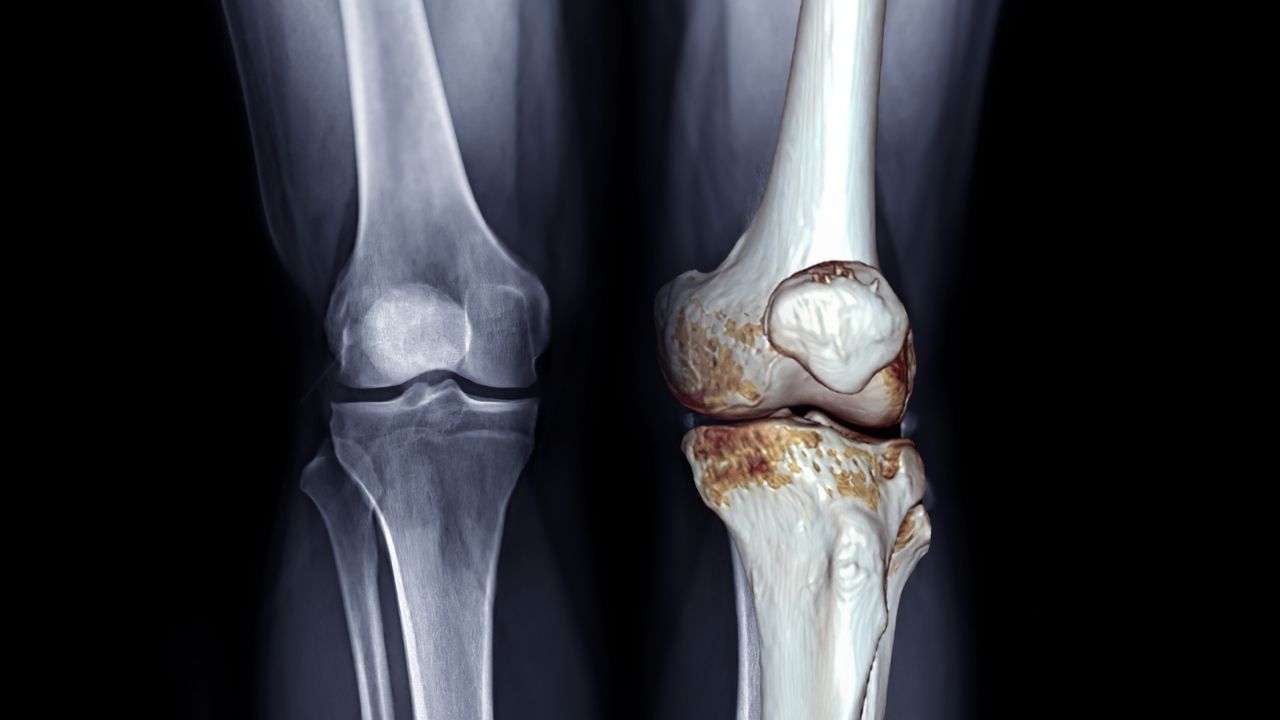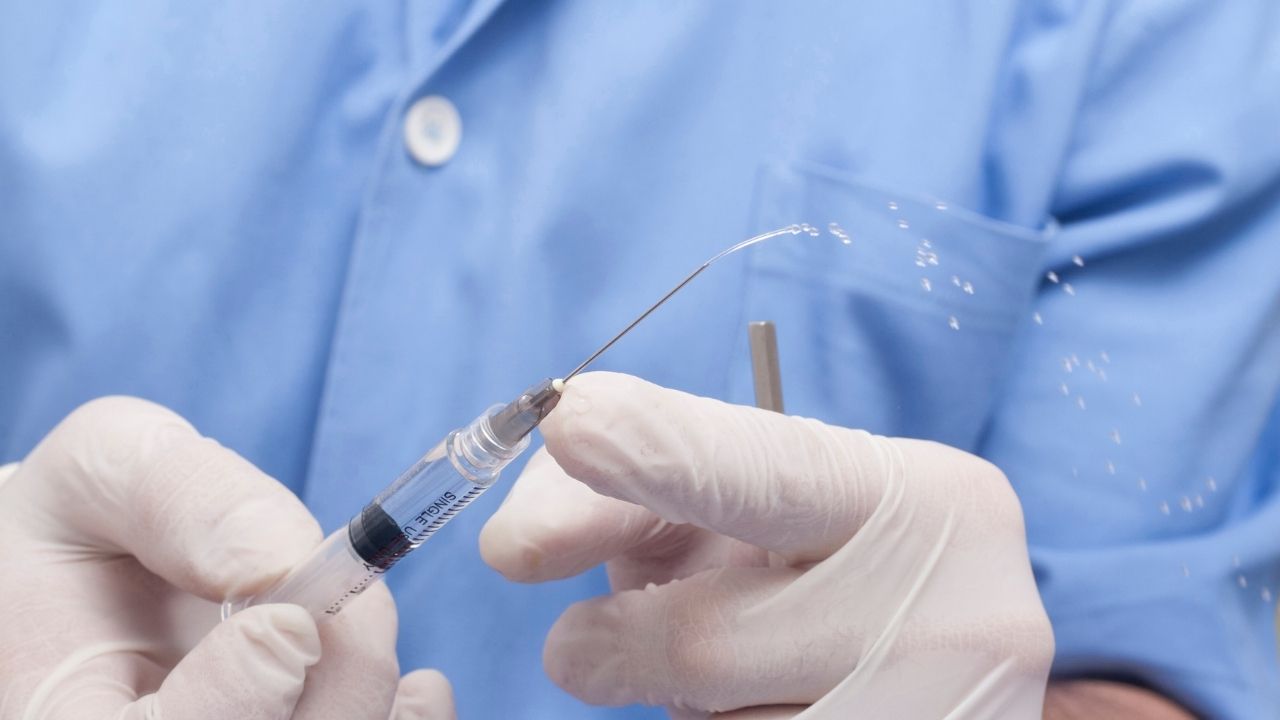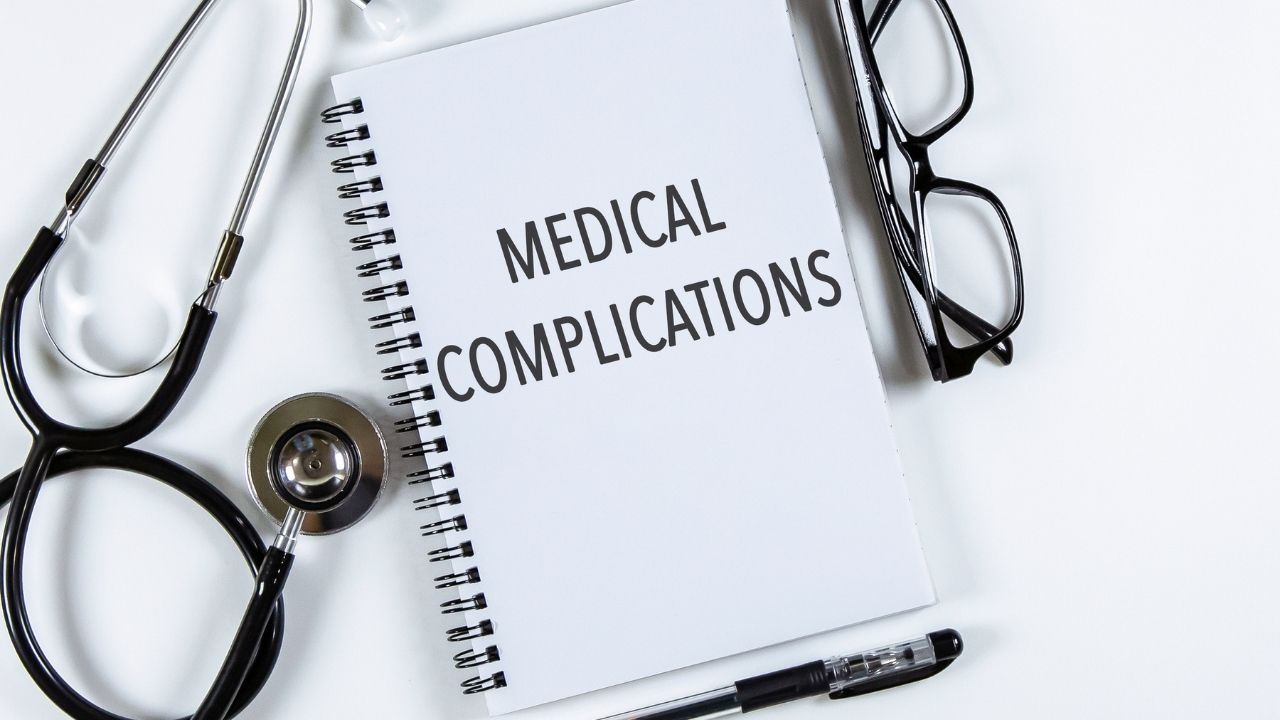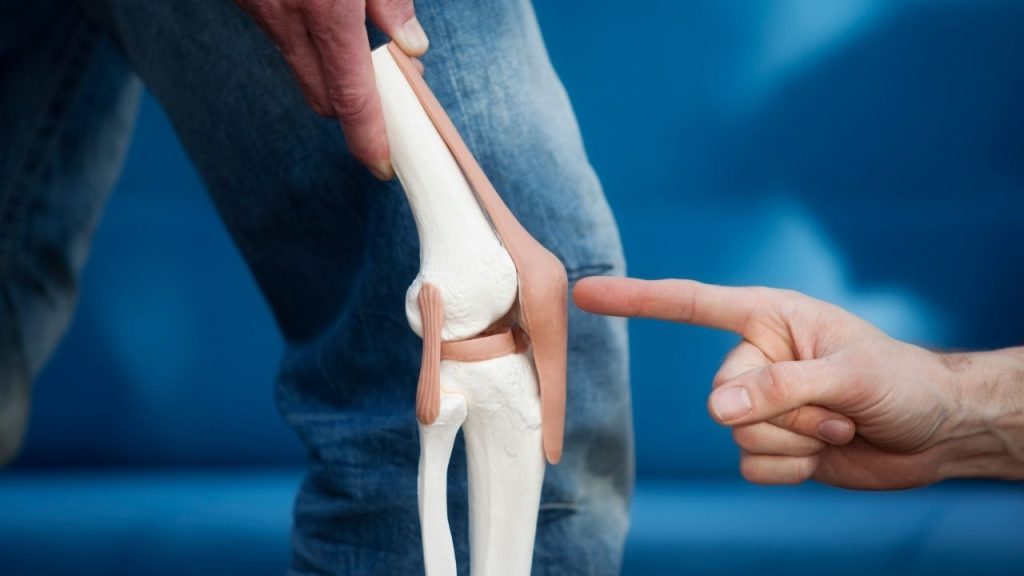For patients planning on partial knee replacement surgery, recovery time is one of the most critical factors affecting their decision to have surgery and how they compare their expectations for recovery after surgery. Total knee replacement involves replacing the entire knee joint with artificial parts, while partial knee replacement surgery is less invasive, as it targets only the damaged cartilage and bone in one compartment of the knee joint rather than the entire knee joint, decreasing trauma to surrounding tissue and therefore causing less postoperative damage in normal joint function.
Partial knee replacement recovery timeline is often faster than full knee replacement, but the successful outcome is dependent on strict adherence to post-operative protocol, proper physical therapy and rehabilitation process being well structured to ensure max functional recovery and implant longevity.
You will learn everything about partial knee joint replacement surgery, from comprehensive preoperative preparation guidelines to the surgery itself, possible complications to expect during the procedure, post-surgical exercises to practicing, and activities to avoid after the operation, making sure that patients are well prepared for this surgical journey.
What is Partial Knee Replacement Surgery?
Understanding the Procedure
Partial knee replacement surgery is a minimally invasive surgical procedure that enables the surgeon to remove only the arthritic compartment of the knee, while leaving healthy bone, ligaments, and cartilage intact. By specifically addressing the affected regions with minimal tissue disruption, similar to a total knee arthroplasty, this method serves to alleviate pain and restore functional mobility while allowing for a rapid and less burdensome recovery trajectory.

Who is a Candidate for Partial Knee Replacement?
Certain specific criteria make an individual a candidate for partial knee replacement: Some of them include:
1.Localized damage in gouty arthritis restricted to either the medial, lateral or patellofemoral compartments of the knee, suggesting that a more confined replacement is a viable option.
2.Carriage of the healthy knee ligaments (ACL & PCL intact), i.e. stability and correct biomechanics of the knee joint after surgery, which is of utmost importance for functional outcomes.
3.Inadequate pain relief or improvement in function with conservative treatment (NSAIDs and physical therapy), necessitating surgical intervention for refractory symptoms.
4.Always on the go, wants to heal faster, to get back to normal daily life with minimal downtime and wants to stay highly mobile.
Advantages of Partial Knee Replacement
(A).As compared to total knee replacement, there are fewer cuts, lesser blood loss and hence lesser surgical trauma.
(B).It has a quicker recovery time than a total knee replacement, so patients can get back to normal daily activities and go back to work sooner.
(C).The remaining intact healthy components further enhance the normal joint motion, which improves the joint kinematics and hence, the gait becomes more natural.
(D).Reduced risk of complications and infections, which is common for open surgery, due to less tissue damage and smaller incisions, minimizing the risk of complications after surgery.
Possible Recovery Time for Partial Knee Replacement Surgery
Partial knee replacement generally has a quicker recovery. Patients typically go home the same day or after an overnight stay in the hospital. First recovery, aims to focus on getting back to movement and strength through things such as physical therapy for around 6 weeks.
Most are able to walk without assistance in 3-4 weeks. Light activities can generally be resumed at about 6 weeks, but full recovery and return to normal activities often take months. Physical therapy usually lasts until 3-4 months. It is important to understand that recovery is individual, it varies from person to person depending on age, health and levels of activity prior to surgery.
Time Breakdown of Recovery Process :
First Few Days:
Postoperative pain management with pain medications to address post-surgical pain.
Majority of the patients are discharged home on the same day or on 1-2 days, resulting in shorter hospital stay.
Use of assistive devices, like crutches or a walker, for initial ambulation.
Weeks After Surgery (2-6 Weeks):
Walking with minimal support, gradually increasing weight-bearing and mobility.
Regular physical therapy sessions to regain range of motion, strength, and function.
Reduction of swelling and pain through ice application and elevation.
3-6 Months:
This covers resumption of moderate activities, such as light house jobs and increased walking distance.
Most people go back to work depending on the nature of their job and physical demands.
Continued strengthening and flexibility exercises as needed.
1 Year:
Knee function and mobility restored, and complete recovery achieved.
Resume most pre-surgery activities, with weight modifications to prevent high-impact exercise.
Exercising regularly and maintaining a healthy weight.

How to Prepare for Partial Knee Replacement Surgery
Medical Preparations
1.A thorough medical evaluation and detailed imaging of the knee (X-ray/MRI) are necessary to get an accurate picture of the extent of cartilage and bone damage, and to meticulously plan the surgical approach.
2.A culturing blood test to test for possible infections and any underlying medical conditions that may have little or no yield to patient safety during and after the procedure.
3.Careful optimization of medications (NSAIDs, anti-inflammatories, blood-thinners, etc.) to reduce the risk of bleeding and promote healing post-operatively.
Home Preparations
1.Ensure you have reliable help at home for the first few weeks post- surgery, for support with daily activities, mobility and personal care.
2.Set up a recovery-friendly environment (keep important items nearby), limiting the distance you need to walk while lowering the chances of a stumble.
3.Install safety modifications, such as grab bars in the bathroom and sturdy handrails along stairways, to prevent falls and promote stability during early ambulation.
Strengthening Exercises Before Surgery
Specific quadriceps strengthening exercises to provide stability to the knee joint, decreasing perioperative pain and edema (swelling caused by fluid building).
Soft stretches and mobility that will bolster flexibility, maintaining range of motion, making for an easier post surgical recovery and improving joints moving well.

How Long Does Partial Knee Replacement Surgery Take?
Partial knee replacement surgery typically lasts 60 to 90 minutes, but the overall hospital stay, including time for preparatory measures, anesthesia, and post-operative monitoring, can achieve 4 to 6 hours in total.
Time Breakdown of Surgery Process
Pre-Surgery Preparations (30-60 minutes)
Admitting patients to the hospital, monitoring vital signs and administrating anesthesia and preparing them to go to surgery.
Surgical Procedure (60-90 minutes)
Incision and exposure of the knee joint (10-15 minutes), loosening up the damaged compartment.
Removal of damaged cartilage and bone (20-30 minutes), shaping the bone surfaces precisely for the implant.
Accurate implant positioning and adjustment (20-30 mins), with ideal fitment, alignment and stability.
Wound closure and bandaging (10–15 mins), wound is secured and protected from infection.
Post-Surgery Observation (2-4 hours)
Anesthesia recovery to raise patient awareness and stability and comfort.
Managed pain with prescription pain medication after surgery, keeping sweltering post-operative pain under control.
Physical therapy with walking assistance, which helps to start mobilization and to prevent complication.

Partial Knee Replacement Surgery Success Rate
Partial knee replacement success rate 85-90%, meaning it works well for most patients after surgery.
More than 90% of patients achieved substantial pain relief and improvements in quality of life and functional mobility.
Most implants naturally last for up to 15-20 years and are much more functional long term.
Factors That Influence Success
Reliable patient adherence to physiotherapeutic regimens as prescribed, provides the best recovery as well as complemented functional outputs.
Post-operative care, early mobilization, and rehabilitation.
Patients health and physical condition impacts the overall recovery speed and functional capacity and the long-term consequences.

Partial Knee Replacement Surgery Complications
Potential Risks:
Infection: Infections can occur post-surgery requiring you to be treated with antibiotics (and in severe cases, further surgical treatment). Rigorous sterile techniques in surgery as well as prophylactic antibiotics are used in an attempt to mitigate this risk.
Blood clots: A potential complication is deep vein thrombosis (DVT). Methods to prevent clot formation include early mobilization, compression stockings, and anticoagulant medications.
Implant loosening : Eventually, the implant can become loose as a result of wear and tear or bone loss that can lead to a revision surgery, where the components need to be replaced or repaired.
Knee stiffness: Scar tissue and swelling after surgery can make the knee stiff. Rehabilitation physical therapy is essential to restore range of motion and flexibility.
Nerve or blood vessel damage: Damage to surrounding nerves or blood vessels can occur during the surgery, this can result in sensory or motor deficits.
Persistent pain: Patients may continue to experience pain after successful surgery. There are several possible explanations for this phenomenon, including irritation of adjacent nerves or leftover local inflammation.

Exercises After Partial Knee Replacement Surgery
Early Recovery (Weeks 1-2)
Ankle pumps: Performing ankle pumps regularly to help blood circulate and prevent blood pooling or clots, as well as swelling of the lower leg.
Seated knee extensions: Sitting and doing gentle straightening of the knee to prevent stiffness.
Quadriceps sets: Contraction of the quadriceps muscles for strengthening and support of the knee joint.
Mid-Recovery (Weeks 2-6)
Knee bending and straightening exercises: Gentle bending and straightening of the knee to promote flexibility and increase injury stacking.
Stationary cycling: A low-impact workout to stretch the knee joints, build leg muscles, and up the heart-and-lung fitness.
Heel slides: Sliding the heel back and forth on a flat surface to allow for greater knee flexion and improve mobility.
Advanced Recovery (3-6 Months)
Light resistance training: Gentle integration of resistance exercises to increase strength in support muscles and improve knee stability.
Gradually increasing walking distance: Progression of walking time and intensity to improve endurance and functional mobility.
Balance challenges: Movements that help with balance and proprioception, thereby preventing falls and aiding in stability.
What Not to Do After Partial Knee Replacement
Avoid high-impact activities (running, jumping): High-impact activity may put too much pressure on the implant and can cause complications.
Do not skip physical therapy: (PT) is immensely essential for a speedy recovery so get after it.
Avoid prolonged sitting or inactivity: Sitting or lying down for long periods increases the risk of stiffness, swelling and blood clots.
Do not ignore knee pain or swelling: Report any pain, swelling or other unusual symptoms in a timely way” to your health care provider.
Avoid lifting heavy objects: particularly during the earliest stages of recovery.
Avoid twisting or pivoting on the operated leg: until cleared by your surgeon.
Summary
Recovery from partial knee replacement is generally quicker than recovery from total knee replacement. Most patients go home in few days. The early periods of recovery emphasize pain management and physical therapy, and most are walking without a cane or crutch, within 3-4 weeks. Light activities can be resumed at around 6 weeks, but full recovery can take several months (3-6), and sometimes up to a year. Recovery time depends on individual factors including age, health and adherence to therapy.





